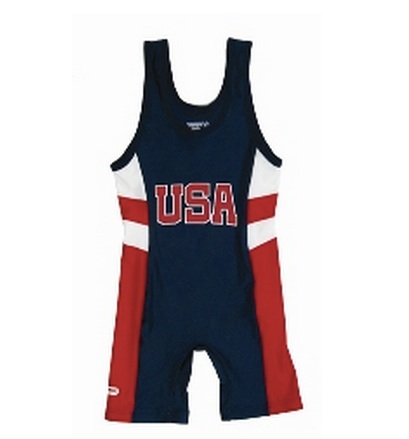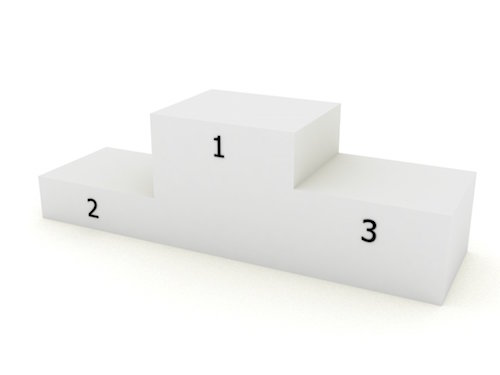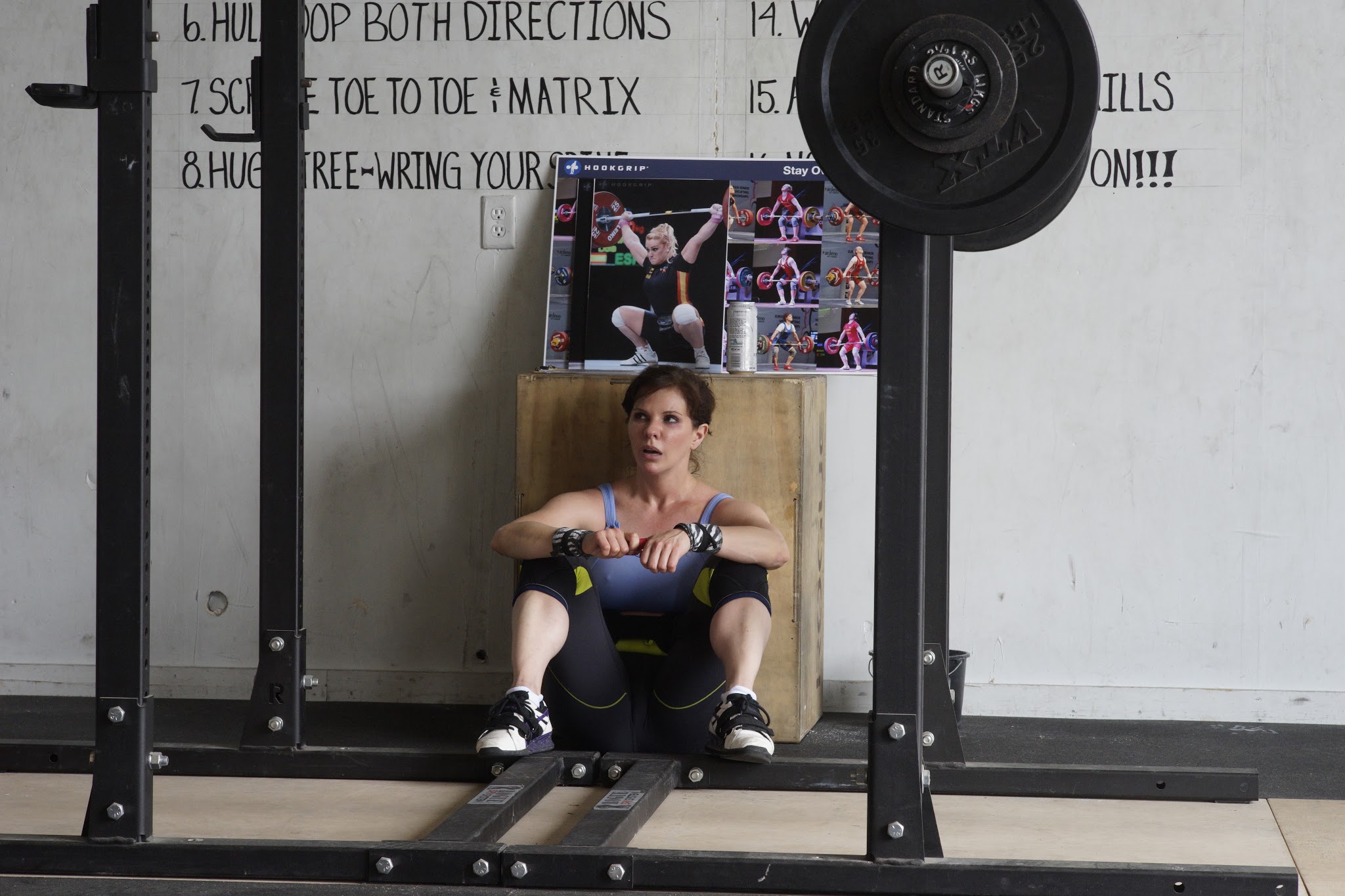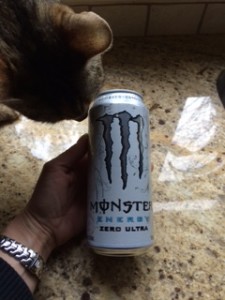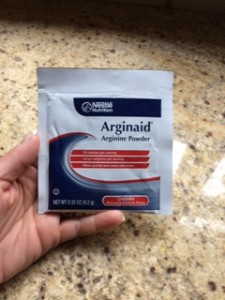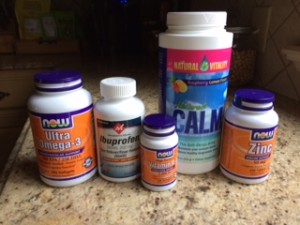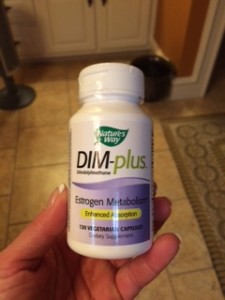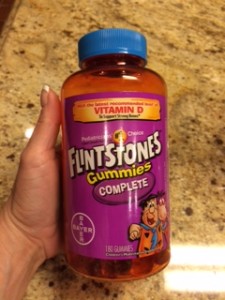I had the pleasure of speaking with Andrew Vessey at OldPeopleSnatch.com recently and the interview is published HERE. It’s a wonderful site and I encourage you to visit if you never seen it. It’s always fun to talk about weightlifting with other masters!
Month: February 2015
Let’s Talk About Weight….But Not the Kind on the Bar
Weight is a big deal in weightlifting. Yeah, that’s a “duh” kind of sentence, but for once I don’t mean what’s on the bar.
Scale weight, specifically, YOUR scale weight, is a big deal, too.
Weightlifting is a sport divided by weight classes. So how much you weigh determines in which of the 8 men’s classes or 7 women’s classes you will lift. Somewhat obviously the shorter you are and the heavier you are within a given weight class, the more you will likely lift because you’ll have proportionately more muscle and shorter lever arms to move the weight.
For masters athletes, weight classes can be a particularly painful subject. While it it’s generally true that the heavier you are the more you lift, as a proportion you would lift more with additional weight if that weight were primarily made up of muscle, not fat. A combo of fat and muscle still makes you stronger, but there is a point of diminishing returns if the majority of any body weight you add is only fat.
Masters are going to have a much harder time putting on a higher ratio of muscle than fat. Assuming your supplements don’t end in the letters “-ol” or “-one” and have to be injected with a needle, then your hormone levels ain’t what they used to be. And without the hormonal signal to tell your body to take all that protein you eat and turn it into quadz, then extra calories will put on some muscle but almost always with a fat component, too.
Dieting off the excess fat to make a certain class without strength losses is also a little tougher the older you get. Metabolisms slow (although not as much as sedentary age matched cohorts! Go us!) with advancing age, so the habit of living above your weight class and dieting down before competition can be tricksy at best.
The human body is about 60% water if you’re a lean man, 55% water if you’re a woman (women are statistically less lean than men and fat carries less water within it than lean tissue). This can be manipulated to change the scale number for weigh-in without sacrificing muscle mass, but there are limits to how much you can dehydrate in a week and not compromise performance. The powerlifters that weigh-in 24 hours before have a huge advantage over us in this unfortunately, since we only have 1-2 hours between weigh-in and lifting.
So if you started playing this game later in life, you may not be coming in with the percentage of muscle that the folks who have been lifting since they were 12 get to have. I’m not saying it’s impossible to build muscle past a certain age – that would be absurd. But you may have to accept a higher body fat percentage and scale weight to go with all your shiny new muscle.
For many of us this may be a socially hard pill to swallow. I consciously gave up my 102lb, size 0 self to bulk up to 117lbs of lots of muscle. That was a 15% increase in body weight. The transformation took about 18 months. Six months for the scale to change to 117, 12 or so months to recomp -slowly- all that extra weight into muscle.
While a lot of my clothes still fit, not all do. An argument could be made that what fits, fits a lot better with juicy quadz and a booty to fill them out, but if twiggy women are your jam, then you’re SOL with me. At my height (5’1.75″) if I could get up to 58kg with a lot of muscle, I’d be thrilled. But my concern is that most of that extra scale weight wouldn’t be muscle at my age and I wouldn’t be competitive in that class. I’d just be bigger and need a whole new wardrobe and get my ass kicked every time I hit a platform.
But having said that, I will caution first time competitors about getting too wrapped up in all of this. My advice to first timers and for people not competing to qualify for a national or international event is to not worry about it at all. Let the chips fall where they may. Eat a great dinner the night before, and you weigh what you weigh the next day. There will be enough stress involved in figuring out the flow of a meet, of conquering nerves on the platform and wearing a singlet in public. You don’t need to walk in HANGRY and dehydrated, too.
If you like to geek out on statistics, check out the data HERE on All Things Gym. It’s a compilation of all the heights and weights of the senior lifters at the 2012 olympics. Again, I’m not sure you can use it as gospel for what you should weigh to be competitive at a given height as a master, but it’s interesting nonetheless.
Motivation
I’m in a lot of women’s fitness groups on Facebook. We talk about lifting, we talk about food and occasionally we talk about things unique to female lifters (I’m willing to bet no men’s group ever had an extended discussion on whether or not one should care about visible panty lines in spandex pants).
Occasionally, somebody reaches out for motivation. They used to be gung ho to get to the gym, now they can’t get up the gumption to get off the couch. Or they’re going, but less frequently and putting in less effort. The truly desperate gave up months ago, ate their way through the holidays like a snowplow on a rescue mission and now don’t know where to begin again.
I get asked the question about getting their mojo back because I’m a gym junkie. Left to my own devices (and if those pesky bills would stay off my ass for a while), I’d be in the gym 6-8 hours per day, happy as a clam. Work, being a wife, being a mom and being a friend mean that while the full day thing doesn’t happen often, an hour or two usually does, 5-7 days/week.
I don’t have a Harry Potter wand to wave and make all your motivations return. But I have some advice. Actually several pieces of advice.
First, set actual and measurable goals. With a deadline. What’s the best way to do this? Compete. Nothing cuts through fuckarounditis like a deadline and the possible public shame of failing in front of an audience. Not “feeling the gym happies”? Too bad. Let fear drive you. When you’re drinking champagne and celebrating after the fact you’ll appreciate the swift kick in the butt that is competition.
Second, consider your support system and to whom you are accountable. If the answer is nobody, that might be your problem right there. Not everyone is self-driven. In fact, as a species we are very sociable and tribe like. So hire a coach, join a Crossfit box, make a pact with someone who belongs to your gym or maybe even join a challenge online. Find other people who will expect you to show up and cheer on your efforts when you do.
Third, fake it til you make it. There are numerous studies showing that if you do something consistently, you’re psychologically loathe to “break the chain”. So promise yourself you’ll go to the gym every day for a week. Get an old fashioned wall calendar and put a big X on every day that you do it (or a sticker or a smiley face or whatever). Visually and psychologically you will not want to leave a hole in a continuous pattern by skipping a day. Sounds silly but it actually works. My perfect example of this is the 21 Day Squat Challenge run by Nick Horton and Tamara Reynolds.
Fourth, and maybe most important of all, find something you actually love. Going to the gym because you want tighter thighs is not, in reality, much of a motivator for the long haul. Going because you have fallen passionately in love with ……… (fill in the blank) is a completely ‘nother thing. Rock climbing. Weightlifting. Bodybuilding. Powerlifting. Curling. Yoga. Maybe even (gasp!) running. Or maybe your groove is needing constantly varying stimuli. Great. Then do all of the above (accepting that you’ll never be great at any). I spent my 20’s and 30’s forcing gym work (read: endless treadmill hours) because I wanted to look better to other people. I have spent my 40’s having to be dragged out of the gym by my family or my pager because I can do 1,000 repetitions of a snatch and never be bored. The rabbit hole of technical lifts makes my geek heart sing. Find your bliss and your heart will sing, too.
What To Do When You Can’t Snatch
Yesterday I ignored what my body was trying to tell me and I kind of tweaked my knee doing squats. I don’t think it’s a bad injury but for once, I’m going to try to be an adult and lay off of it for a day (or two).
Does this mean couch time? Nay nay!!! Just because I don’t want to load my knee while flexed doesn’t mean I’m throwing a pity party for one. It just means doing other stuff for a bit that in truth I should probably be doing more of anyway.
So today was putting all my joints through a full ROM (mobility work, yay!!!), then half an hour of handstand practice which I’m convinced will help my torso stability under load (sound like a jerk to you? Yeah, it did me, too). Then a little triceps and ab work. Because I’m incapable of being in a gym and doing nothing for lower body, I did some reverse hyper sets. A loaded back and booty is a happy back and booty. Or maybe that’s just me.
Supplements I Like
I’ve often been asked by other women in lifting groups or in forums what supplements I take. Let me be the first to say that as an older female athlete I’m willing to try anything not on the WADA banned list if there is some proof that it will actually raise testosterone or growth hormone naturally.
Alas, the list of actually effective supplements is fairly short. So forthwith, my daily supplements.
Let me start with caffeine (and my utterly adorable photobombing fur baby, Taffy). I don’t really like pre-workouts because they make me jittery which makes technical lifts like the snatch harder, not easier. But I do like to drink a Monster about an hour before lifting which gives me a little caffeine boost. I prefer this sugar free version mainly for the taste (which is actually divine, like Fresca’s grown up grapefruity sister). It only has 140mg of caffeine which is less than a mug of brewed coffee. The perception is that Monster is one step away from meth, but this is absolutely not true. It’s basically two Coke’s worth of caffeine, not a crack pipe.
Either right before or during a workout, I’ll drink BCAAs (branched chain amino acids) to improve (hopefully) muscle growth especially since I often work out minimally fed.
Immediately after working out, I drink Arginaid. It’s 4g of arginine, an important amino acid in the nitric oxide pathway. I came to love Arginaid when I was working in a wound care clinic. I saw some really remarkable wound closures after starting patients on it twice daily – wounds that had previously failed to heal in months of therapy. My supposition is that since muscle growth comes from tissue injury (exercise) and subsequent repair, why not give the cells the building blocks they need for that repair? Subjectively it seems to have helped recovery tremendously, especially since I’ve upped the volume to daily training.
My evening regimen consists of fish oils to aid in recovery, boost mental prowess, prevent heart disease, make me leap over tall buildings in a single bound, etc. etc (insert all the magical claims made about fish oil in the past here). There’s a great t-shirt that says, “if it can’t be fixed with squats and fish oil, you’re going to die”. If a t-shirt says it’s good, it’s gotta be good for you, right?
Nighttime also means Vitamin D because I beat most vampires for lack of sun exposure. I wear SPF 30 every day and have for two decades. This is why I’m also mistaken for being 30. I’m not going to change, so I supplement with vitamin D.
Zinc and magnesium are two of the only supplements shown to help testosterone production so you bet I’m going to take them. The magnesium in the form of magnesium citrate as found in Natural Calm also helps sleep (which is why I drink it at night) and “regularity”. You’ve got to be careful with it for this very reason. Overdo it on the first day and the next day you won’t get out of the bathroom for very long. Start with a judicious dose and work your way up.
DIM is to help prevent breast cancer as it (in theory) helps shunt estrogen metabolism toward a “better”, less carcinogenic form of estrogen (there are three naturally occurring forms). It is found in broccoli in case you want to eat your supplements instead of swallowing them as pills. DIM has also been used by some women who have been diagnosed as “estrogen dominant”, i.e. their estrogen: progesterone ratio is off kilter causing a myriad of different symptoms. DIM is purported to help some of these symptoms.
Ibuprofen is my bestest friend. Let’s not kid ourselves here. I’m 46 years old and shit hurts. My shoulders take turns as to who wants to be the problem child. I think my knees have secretly called adult protective services behind my back. If I took time off for every ache and pain, I’d never lift. So I take my ibuprofen when I need it, sit in warm tubs or take hot showers and see a massage therapist regularly.
When I remember it (which isn’t very often, maybe twice per week), I’ll eat two Fred Flintstone gummy vitamins. They’re yummy and I figure they fill in any nutritional gaps I miss.
So there you have it. Looking at them all together, it seems like a lot. But they each have a purpose and it doesn’t take much time nor offer much risk, so why not try them?
What supplements do you take? Let me know! Let’s learn from each other 🙂
